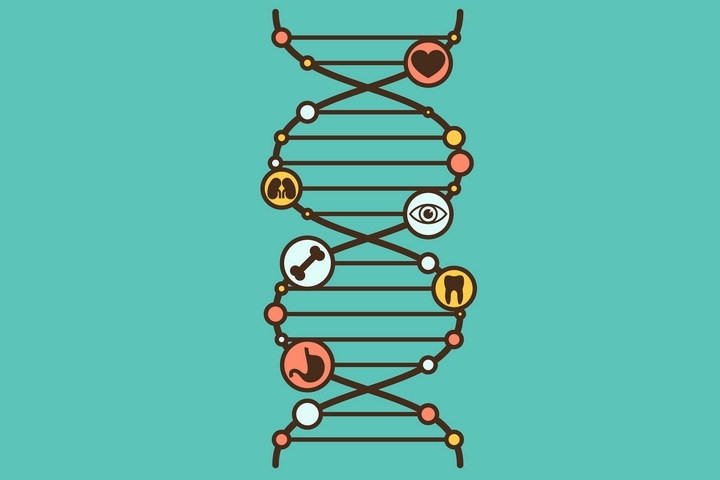Genetics is the greatest adventure in science that is affecting every aspect of life. It is the fastest growing field today. It seems complex but it is a basic principle of heredity and the composition of your DNA.
Have you ever wondered why you have the same features, eyes or hair color like your parents? Well, the field of genetics can answer these questions for you. Genetics can help in exploring what determines your height, hair color, ear shape, blood type and all other features of your body. It can link you to geographical locations and ancestries. Additionally, genes that are passed on from ancestries, make us either assertive and dominant or shy and recessive. Genetics help to discover how these types of traits are inherited.
Your genes control every aspect about you from your features to traits. Geneticists can find answers for you by studying your genes through a DNA or genetic test. Here are more interesting facts on the science of genetics:
1. Heredity and genetics

There are people you know who have mentioned that you look like your mother, father or grandparents. You have their eyes, features or traits. This is because genetics and heredity are inseparable. Heredity is the transmission of your genetic characteristics from ancestor to descendant through genes. In fact, the science of studying heredity is called genetics.
2. DNA connection

Your genes are made of a chemical called DNA. This long, double helix molecule holds genetic information. It also holds instructions for an organism to grow, survive and reproduce. To put it more simply, it holds information on your genetic makeup and it is the blueprint for how living organisms are built. DNA provides insights on your ancestries through time. According to scientists, parent and children share 99.5% of the same DNA.
3. Cells that grow and divide
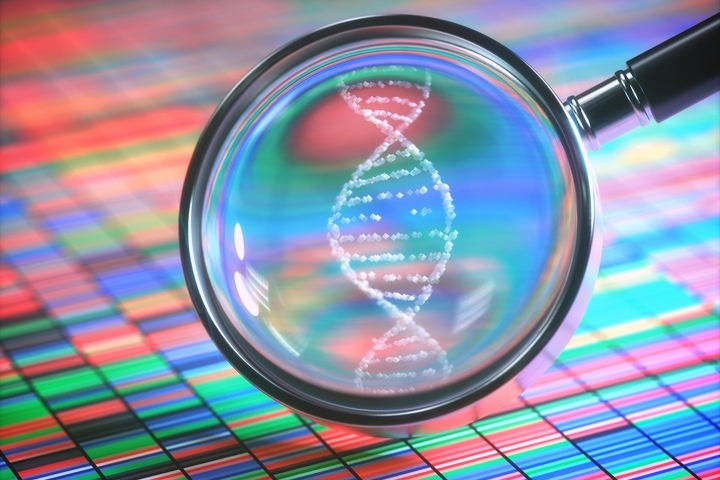
Genetics is the study of how your cells grow and divide. Passing genetic materials from generation to generation depends on the growth of cells and their division. Varieties of genes are involved with the control of cell growth and division. This incredible process is what makes you a unique individual.
4. Chromosomes inside each cell in your body
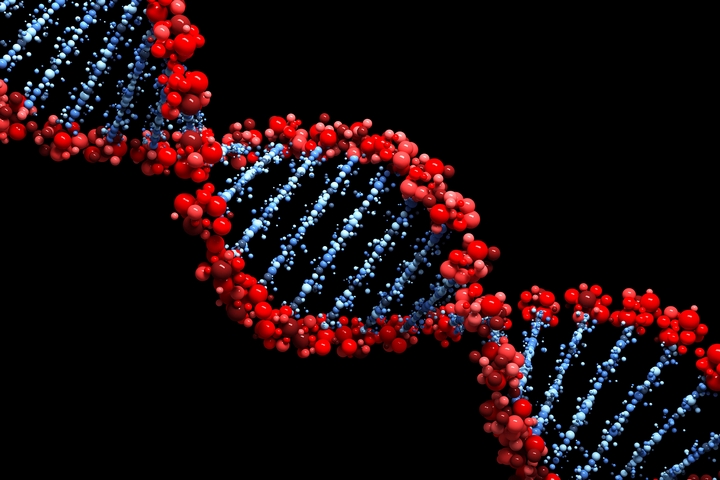
Chromosome is defined as a linear or circular strand made up of your DNA that contains your genes. The chromosomes can explain what color your eyes are, how tall you are and your gender. Chromosomes are tiny structures inside cells that cannot be seen unless analyzed with a high-powered microscope. Different chromosomes will provide different information about you. One can determine your blood type, while others contain information about your physical features.
5. Patented DNA analysis algorithms

A patented DNA analysis algorithm was designed by Molecular Geneticist, Alexei Fedorov who was the former apprentice to Scientist and Nobel Prize Winner, Walter Gilbert from Harvard University. Alexei’s algorithm has 642,824 genetic markers. This method provides ancestry and health reports that are precise and detailed.
6. Genetic testing
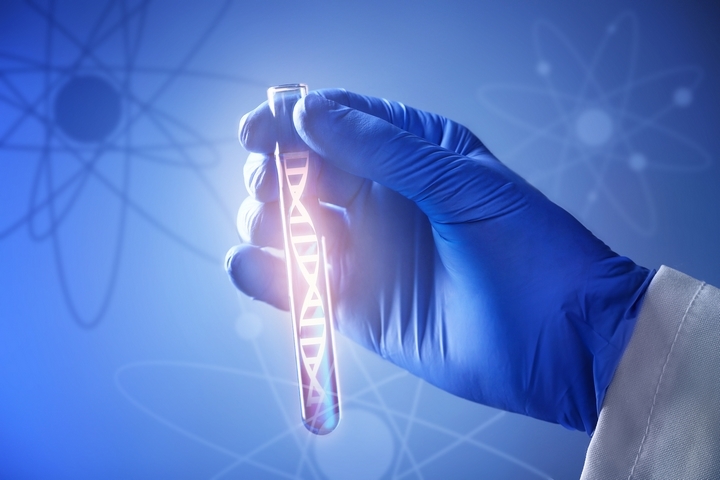
Genetic testing is the same as DNA testing. It is performed using a sample of hair, skin, saliva and other tissues. The sample is analyzed at the laboratory by qualified and certified technicians who report the test results to the geneticists, doctors or directly to you if requested. Genetic testing is becoming popular for unlocking ancestry connections, discovering one’s genetic profile, determining biographic ancestry and studying health related conditions.
7. Genetic markers
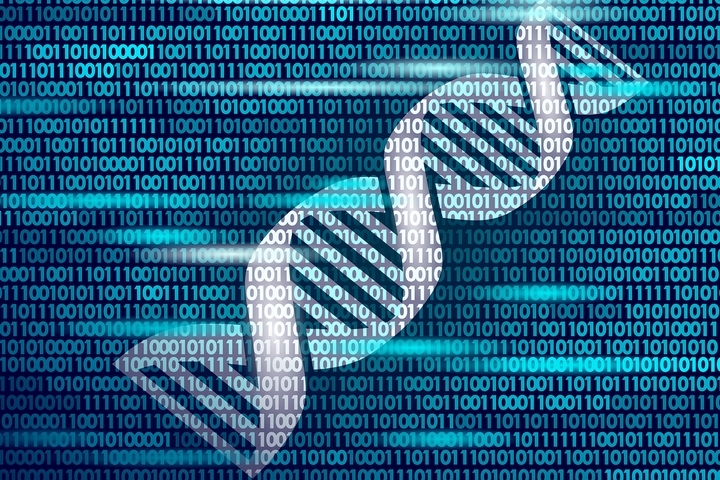
Many geneticists have collected genetic markers that are used during a genetic or DNA analysis. During the analysis, your sample is compared with the various markers from around the world that will help in determining your history and ancestry.










